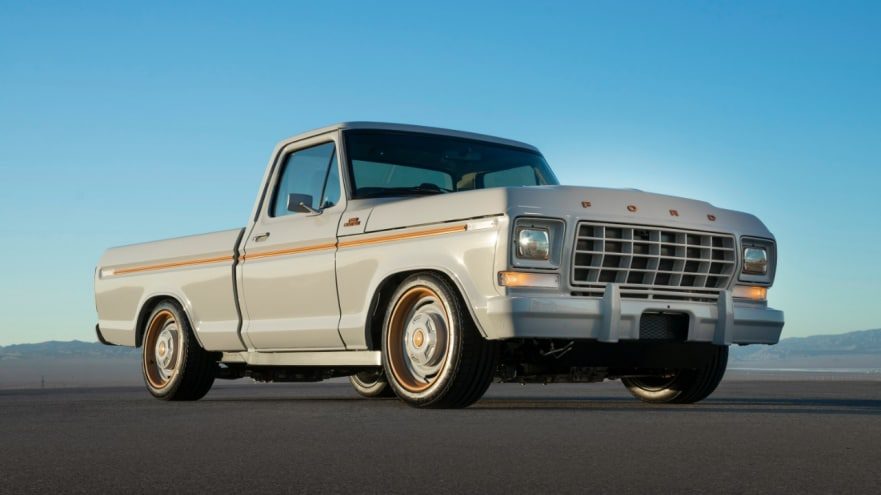Ford And Hyundai Electrify A Couple Of Classics
For the past few years, sustainability has been moving into nearly every aspect of our lives. It affects what we eat, what we wear, and even the hobbies we choose to spend our free time on. However, there is one community where sustainability is still knocking on the door – until now.
Around the country, automotive enthusiasts who have dedicated their free time to preserving classic cars might still consider themselves holdouts to the electric vehicle craze. On the one hand, the roaring engines and shiny exhaust systems of a 1981 Chevrolet Camaro can be seen as hallmarks of long hours working in the garage. On the other hand, sits the glaring reality that much of what these hobbyists are so passionate about isn’t beneficial for the environment. As electric vehicles get more and more prevalent, what was a perfectly innocuous pastime for nearly a century is now becoming a relic of a less sustainable era.
It does appear that major automotive manufacturers are aware of this enthusiasm for vintage cars and intend to preserve it for a cleaner future.
Ford was among the first to address this need when they introduced their newly revamped 1978 F-100 Eluminator pickup truck. The model looks to be an impressive blend of old and new and keeps the classic vintage design of the actual 1978 model but replaces the old and inefficient engine with a modern, fully electric powertrain.
“Our F-100 Eluminator concept is a preview of how we’re supporting customers as they go all-electric and embrace zero-tailpipe emissions performance, even for our heritage vehicles,” said Ford executive Eric Cin, who is optimistic about the potential for vintage models to attract customers who might be unimpressed by the current trend of Teslas and Nissan Leafs.
While the new-age F-100 is, unfortunately, a factory-only prototype at this point, interested parties shouldn’t give up just yet. Ford still manufactures the Eluminator powertrain as a stand-alone part and is fully compatible with a wide variety of vehicles from several decades prior. For a total of $3,900, the Eluminator stand-alone powertrain is priced relatively affordably and is arguably on the low end of electric units, which often make up as much as 50 percent of the total vehicle costs. All it’s going to take is a bit of technological know-how from the customer, who will more than likely see it as a fun challenge with a modern twist.
There are several automotive manufacturers besides Ford that are jumping on the trend of legacy models with electric modifications. For the 35th anniversary of the original model, Hyundai is releasing a futuristic – and yes, electric – version of their classic 1986 Grandeur car, complete with modern LED headlights and tail lights.
The design also includes chrome wheels for an extra retro-futurist aesthetic.
Unsurprisingly, businesses are springing up that specialize in the conversion of vintage cars from internal combustion engines to electric powertrains. Though hobbyists will likely continue to make the alterations themselves, companies are betting on the notion that a demographic of more casual vintage car fans will want to help the environment without understanding the potentially complex process of converting older models. Additionally, there are voices like Canadian Electric Vehicles’ Todd Maliteare who believe the performance upgrade alone will attract customers regardless of their sustainability interest. “These powerplants are state-of-the-art systems with performance and drivability that is well beyond the engines they replaced,” said Maliteare in reference to a duo of 1957 and 1969 Chevrolet models that were recently upgraded.





